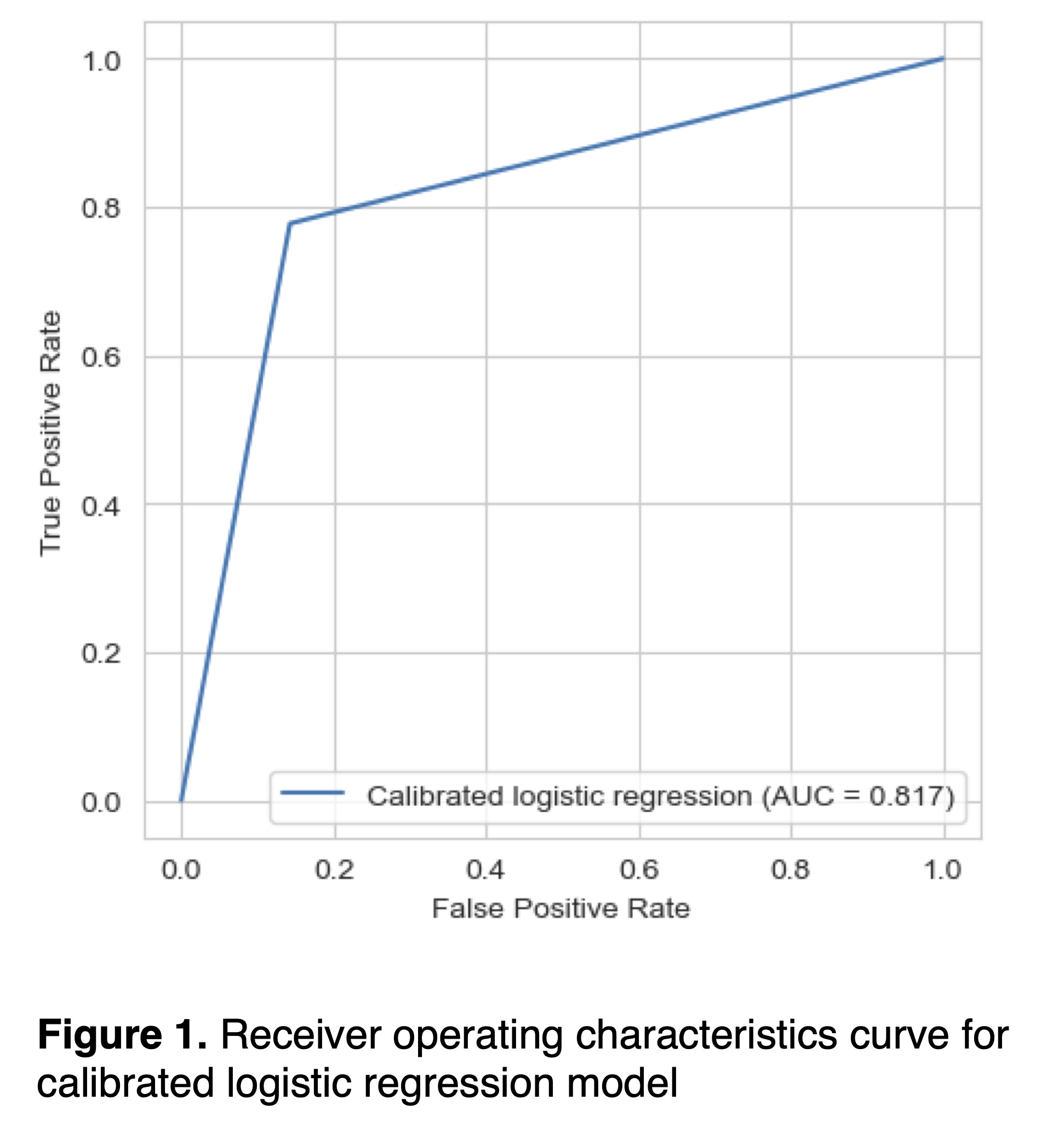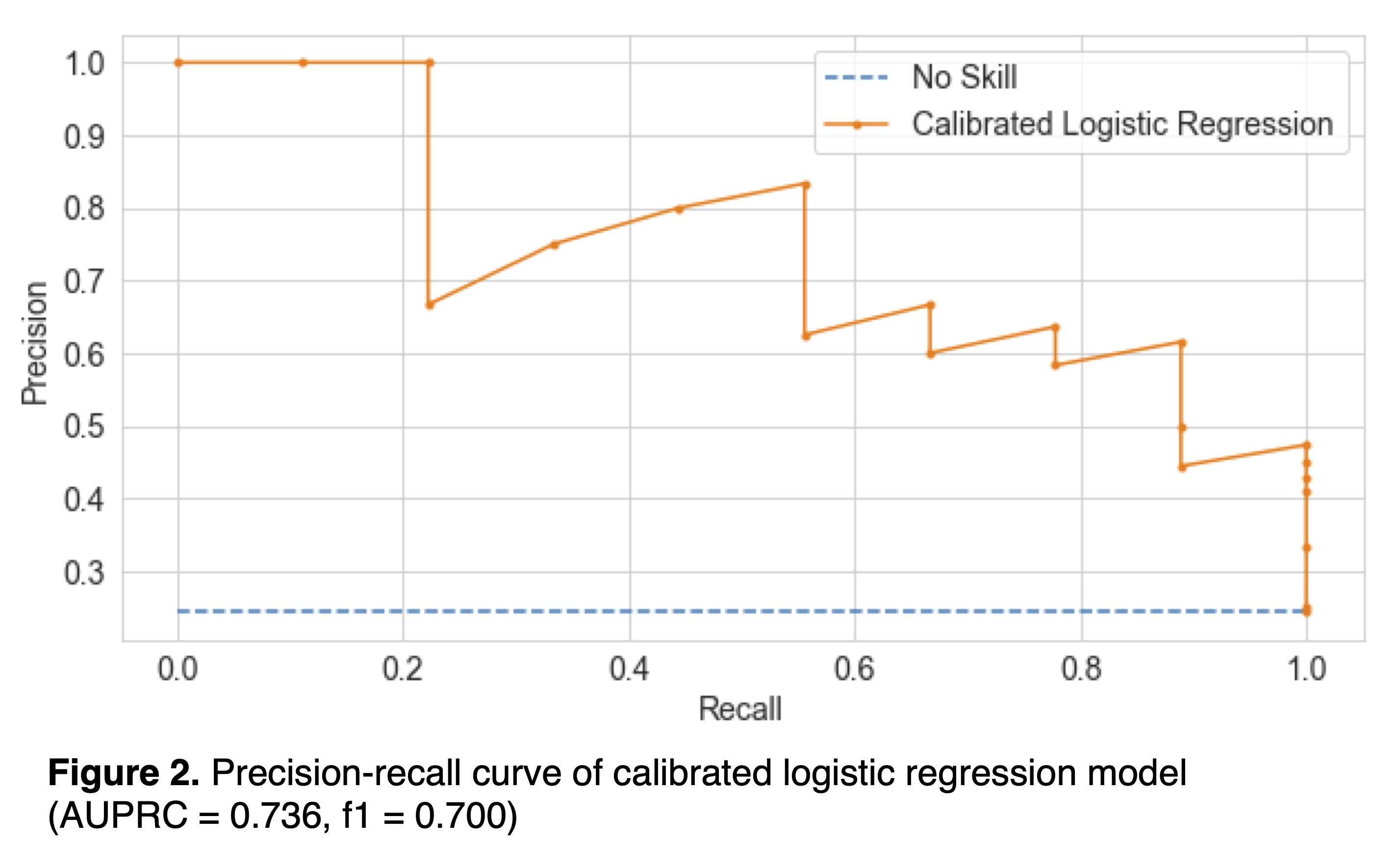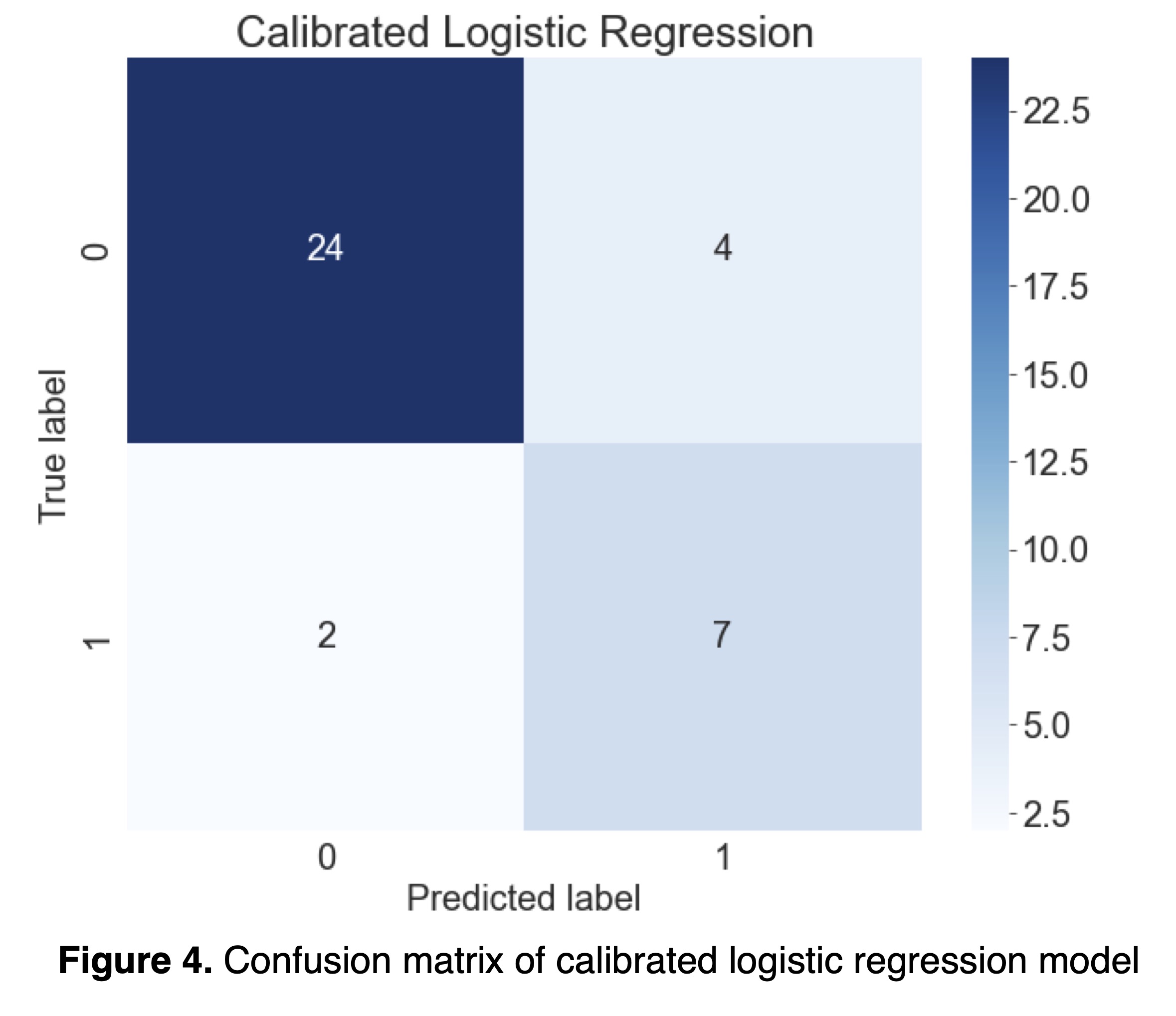Pathological findings in fetuses terminated for suspected LUTO diagnosis - experience from a high-risk fetal center
Jin Kyu Kim, MD, Michael Chua, MD, MASc, Adree Khondker, BHSc, Joana Dos Santos, MD, MHSc, Kay Rivera, MD, Margarita Chancy, MD, Juliane Richter, MD, Armando Lorenzo, MD, MSc, Mandy Rickard, MN-NP.
The Hospital for Sick Children, Toronto, ON, Canada.
BACKGROUND: Among infants identified to have hydronephrosis, those with primary non-refluxing megaureter accounts for the minority. Without a mercaptoacetyltriglycine-3 (MAG-3) diuretic renal scan, it is difficult to discern whether the cause of the megaureter is due to obstruction. Hence, we aim to develop a prediction model, specifically for the megaureter population, to predict the likelihood of detecting obstruction on MAG-3 scan based on clinical and ultrasound characteristics.
Methods: An institutional database of infants identified to have primary non-refluxing megaureter was examined. Python 3.9.13 was used for model development. The data were built using an 80:20 train-test split using clinically relevant variables identified on plot densities comparing distribution between obstructed and non-obstructed systems. To avoid model bias for a smaller proportion of patients with obstruction, Synthetic Minority Oversampling Technique for Nominal and Continuous (SMOTE-NC) was employed.
Results: A total of 183 patients were included in the analysis. Sixty-five patients had obstruction identified on MAG-3 scan (35.5%). Variables included in model building were: age, sex, laterality, length, anteroposterior diameter, SFU grade, and maximum ureteral dilation. Following SMOTE-NC, 97 patients with and without obstruction were included in the training group. Using logistic regression with L2 regularization, a model with a three-fold cross validation accuracy of 73.2% was created. The model underwent further calibration and had an area under receiver operating characteristic curve (AUROC) of 0.817 (Figure 1). The area under precision-recall curve (AUPRC) was 0.736 with f1 score of 0.700 (Figure 2). The calibration curve showed accurate prediction of the model (Figure 3) with excellent negative predictive value and specificity of 0.923 and 0.857, respectively (Figure 4). The decision curve demonstrated net benefit with model use for patients at 10-65% chance of obstruction (Figure 5). The developed prediction model is available as an interactive tool at: https://kimjk4-skpomp-app-yz7c3x.streamlit.app.
CONCLUSIONS:
Using baseline clinical and ultrasound-variables, it is possible to accurately discern patients without obstruction. This model may prevent unnecessary MAG-3 scans to identify patients with primary obstructing megaureters requiring intervention. Further external validation is required for routine clinical use. 




Back to 2023 Abstracts
